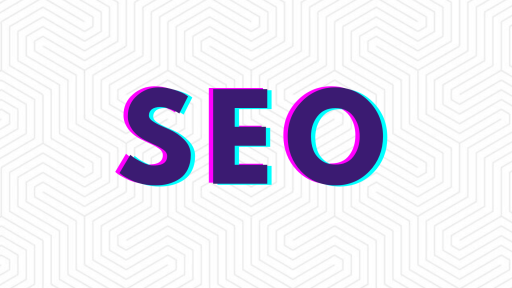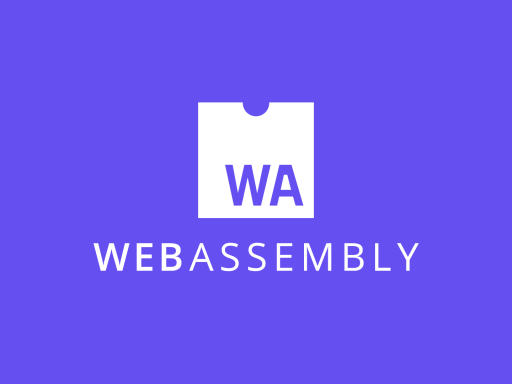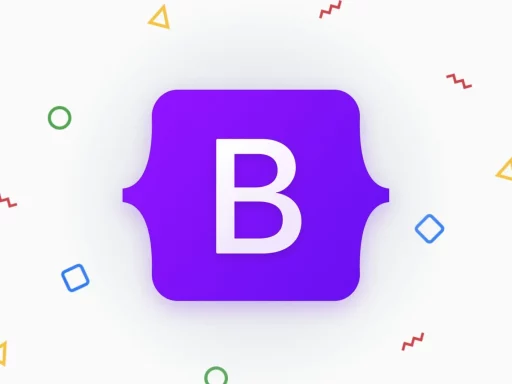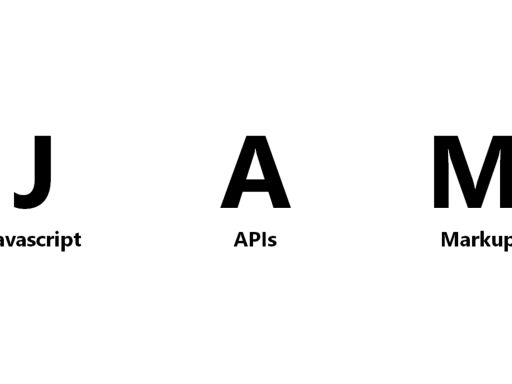In the rapidly evolving digital landscape, having a beautifully designed and highly functional web application is only half the battle. To ensure your application reaches your target audience, it must be optimized for search engines. Search Engine Optimization (SEO) is the key to increasing your web application’s visibility, driving organic traffic, and enhancing user engagement. This comprehensive guide delves into the best SEO practices for modern web applications, equipping you with the tools and knowledge to climb to the top of search engine results pages (SERPs).
Table of Contents
- Understanding SEO for Web Applications
- Keyword Research and Implementation
- Optimizing Page Speed and Performance
- Mobile Optimization
- Content Quality and Relevance
- On-Page SEO Techniques
- Technical SEO Considerations
- Link Building Strategies
- User Experience and Engagement
- Analytics and Continuous Improvement
- Conclusion
Understanding SEO for Web Applications
SEO is the practice of enhancing your web application to rank higher in search engine results. It involves various strategies, from optimizing the content and structure of your site to improving its speed and usability. SEO is critical for modern web applications because it not only drives organic traffic but also ensures that users have a seamless and enjoyable experience.
Keyword Research and Implementation
Importance of Keywords
Keywords are the foundation of SEO. They are the terms and phrases that users enter into search engines to find information. Understanding and implementing the right keywords can significantly impact your web application’s visibility.
Conducting Keyword Research
- Identify Your Niche: Understand the industry and audience your web application serves.
- Use Tools: Utilize keyword research tools like Google Keyword Planner, SEMrush, and Ahrefs to find relevant keywords.
- Analyze Competitors: Look at the keywords your competitors are ranking for.
- Long-Tail Keywords: Focus on long-tail keywords, which are more specific and less competitive.
Implementing Keywords
- Content: Naturally incorporate keywords into your content, including headings, paragraphs, and image alt texts.
- Meta Tags: Use keywords in title tags, meta descriptions, and meta keywords.
- URLs: Ensure your URLs are clean and include relevant keywords.
Optimizing Page Speed and Performance
Importance of Page Speed
Page speed is a critical ranking factor. Faster websites provide a better user experience and are favored by search engines.
Tips for Improving Page Speed
- Optimize Images: Compress images without losing quality.
- Minify Code: Minify CSS, JavaScript, and HTML to reduce file size.
- Leverage Browser Caching: Enable browser caching to reduce load times for returning visitors.
- Use a Content Delivery Network (CDN): Distribute your content across multiple servers to ensure faster delivery.
- Reduce Server Response Time: Optimize your server and database queries.
Mobile Optimization
Importance of Mobile SEO
With the majority of web traffic coming from mobile devices, having a mobile-optimized web application is essential. Google also prioritizes mobile-friendly sites in its rankings.
Mobile Optimization Techniques
- Responsive Design: Ensure your web application adapts to different screen sizes.
- Mobile-Friendly Content: Use readable fonts, large touch targets, and ensure all content is accessible on mobile devices.
- Page Speed: Mobile users expect fast loading times; apply the same speed optimization techniques to your mobile site.
Content Quality and Relevance
Importance of Content
Content is king in SEO. High-quality, relevant content engages users and encourages them to spend more time on your site.
Creating Quality Content
- Original and Valuable: Produce original content that provides value to your audience.
- Regular Updates: Update your content regularly to keep it fresh and relevant.
- Multimedia: Use images, videos, and infographics to make your content more engaging.
- Readability: Write in a clear, concise, and reader-friendly manner.
On-Page SEO Techniques
Title Tags and Meta Descriptions
Title tags and meta descriptions are critical for on-page SEO. They help search engines understand your content and influence click-through rates.
Best Practices
- Title Tags: Include your primary keyword, keep it under 60 characters, and make it descriptive.
- Meta Descriptions: Summarize the page content, include keywords, and keep it under 160 characters.
Header Tags
Use header tags (H1, H2, H3) to structure your content. They make it easier for search engines and users to understand the hierarchy and main points of your content.
Image Optimization
- Alt Text: Describe the image with relevant keywords.
- File Names: Name your image files descriptively with keywords.
- Compression: Ensure images are compressed for faster loading times.
Technical SEO Considerations
Importance of Technical SEO
Technical SEO ensures that search engines can crawl and index your web application efficiently. It also involves fixing any technical issues that could hinder your site’s performance.
Key Technical SEO Practices
- XML Sitemap: Create and submit an XML sitemap to search engines.
- Robots.txt: Use robots.txt to control which pages search engines should crawl.
- Structured Data: Implement structured data (schema markup) to help search engines understand your content better.
- Canonical Tags: Use canonical tags to avoid duplicate content issues.
- Secure Website (HTTPS): Ensure your web application is secure by using HTTPS.
Link Building Strategies
Importance of Backlinks
Backlinks, or inbound links, are links from other websites to your site. They are a crucial ranking factor, indicating to search engines that your content is valuable and trustworthy.
Effective Link Building Strategies
- Guest Blogging: Write guest posts for reputable websites in your industry.
- Content Marketing: Create high-quality content that others want to link to.
- Broken Link Building: Find and fix broken links on other websites by suggesting your content as a replacement.
- Social Media: Promote your content on social media to increase its reach and chances of earning backlinks.
User Experience and Engagement
Importance of User Experience (UX)
A positive user experience keeps visitors on your site longer, reducing bounce rates and increasing engagement metrics, both of which are important for SEO.
Improving UX
- Intuitive Navigation: Ensure your site is easy to navigate with clear menus and internal links.
- Readable Content: Use short paragraphs, bullet points, and subheadings to make your content easy to read.
- Interactive Elements: Use interactive elements like quizzes, polls, and comments to engage users.
- Clear Calls to Action (CTAs): Use clear and compelling CTAs to guide users through your site.
Analytics and Continuous Improvement
Importance of Analytics
Monitoring your web application’s performance is essential for identifying what works and what needs improvement.
Key Tools
- Google Analytics: Track user behavior, traffic sources, and conversions.
- Google Search Console: Monitor your site’s presence in Google search results and fix indexing issues.
- SEO Tools: Use tools like SEMrush, Ahrefs, and Moz to track your SEO performance and find opportunities for improvement.
Continuous Improvement
SEO is an ongoing process. Regularly update your content, fix technical issues, and adapt to the latest SEO trends and algorithm updates.
Conclusion
Optimizing your modern web application for SEO is a multifaceted process that involves technical, on-page, and off-page strategies. By implementing the best practices outlined in this guide, you can enhance your web application’s visibility, drive organic traffic, and provide a superior user experience. Remember, SEO is not a one-time task but a continuous effort to adapt and improve.
For more in-depth tutorials and resources, explore Moz’s Beginner’s Guide to SEO and Google’s SEO Starter Guide. Happy optimizing!





